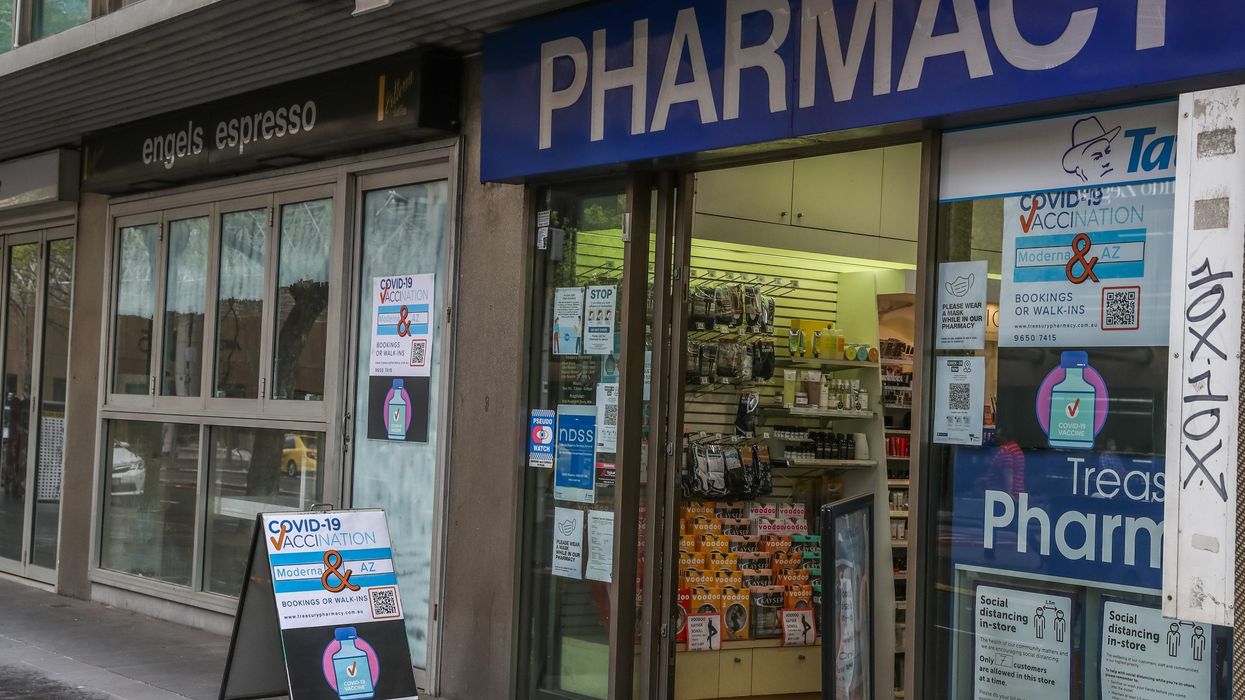Dispensing activity by community pharmacy in England has witnessed a 4.2 per cent increase across the year 2021 till March 2022, the Pharmacy Market Review 2022 report revealed.
The report launched by Christie & Co, said: “All pharmacy settings saw improvements in dispensing numbers, with standard community settings seeing the highest increase of 4.2 per cent, with the average moving to 7,173 items, albeit still below the combined average.”
“The independent sector fared better than corporate pharmacy, with a combined average increase of 3.5 per cent versus a 1.8 per cent increase in corporate dispensing. Despite some improvement, integrated pharmacies remained the lowest at 1.9 per cent, in part due to the continued restrictions on patient access.”
Dispensing activity for England across the year to March 2022 increased by 4.5 per cent to an average of 7,765 items per month, reversing the decline witnessed in 2021.
Resourcing Challenges
Analyzing both valuation and transactional data for 2021/22, Christie & Co found that wages (including locum costs) have risen by 0.2 per cent, wages (excluding locum costs) have risen by 0.5 per cent, locum costs as a percentage of total wage costs have fallen by 2.9 per cent, the EBITDA margin has risen by 1.7 per cent, and Gross Profit margin has risen by 1.9 per cent.
"Resourcing in the sector remains challenging and has placed a huge strain on community pharmacies, as, increasingly, staff are being lured away."
According to data supplied by Locate a Locum to Christie & Co, the average hourly rate as of July 2022 for locum cover across the UK was £37.49, an increase of £4.81 on the 12-month average it recorded in 2021. In England, hourly locum rates increased to circa £36.95, whereas in Wales and Scotland the rates increased to £37.93 and £48.86, respectively.
Online pharmacy platforms
Throughout the UK’s lockdowns, remote dispensing via online platforms, and the benefits that it brought both operators and patients, was invaluable, and dispensing numbers rose as a result. Of a group of seven operators sampled by Christie & Co, all but one showed continued online dispensing item growth, returning a combined average increase of 22 per cent in the 12 months to June 2022.
Total items dispensed by key online pharmacy platform increased by 202 per cent from 2020 to 2021, from 12.1 million to 24.5 million. There was a further 22 per cent increase from 2021 to 2022, taking the total to 29.9 million.
Funding
Christie Finance highlighted rising pressure from lenders for borrowers to evidence that there is enough ‘proven’ profit to cover any finance loans once they have withdrawn what they need for themselves.
"With a few key funders withdrawing from the pharmacy finance market in 2022, existing lenders are needed to fill this void. With ‘alternative’ and sometimes less experienced lenders, it has been harder for buyers to access the finance they require."
However, there is no shortage of demand for pharmacies. Year to date, Christie Finance has witnessed a 35 per cent increase in instructions, with keen buyers seeking support and guidance.
Tony Evans, Head of Pharmacy at Christie & Co, comments, “As we have emerged from the grips of the pandemic, the sector has continued to deliver its pivotal primary care role. Whilst there have been gains in dispensing volumes, the sector has also had to contend with increasing cost headwinds exemplified in supply and drug pricing issues, as well as staff resourcing issues alongside significant increases in locum costs.
“Nonetheless over the last year, we have witnessed many pharmacy contractors keen to expand their businesses both through acquisition as well as the development of additional services. As a result, the market has continued to see positive activity, something we reported in our Business Outlook 2022 publication. We are pleased to report that this trajectory has continued, mirroring that of the previous year, with appetite across all aspects of the market.”
The report analyzed key trends in the pharmacy sector in 2021 and the first half of 2022; reviewing market composition, operational activity, employment challenges, key dispensing and services activity, online pharmacy platforms, and sector funding. It also includes publicly available data and proprietary data from key business intermediaries, including Locate a Locum.
Christie & Co reported positive market activity, with prices bouncing back from an almost static level in 2020 to a 4.3 per cent increase in 2021, a trajectory that has continued in 2022 across all market areas.











